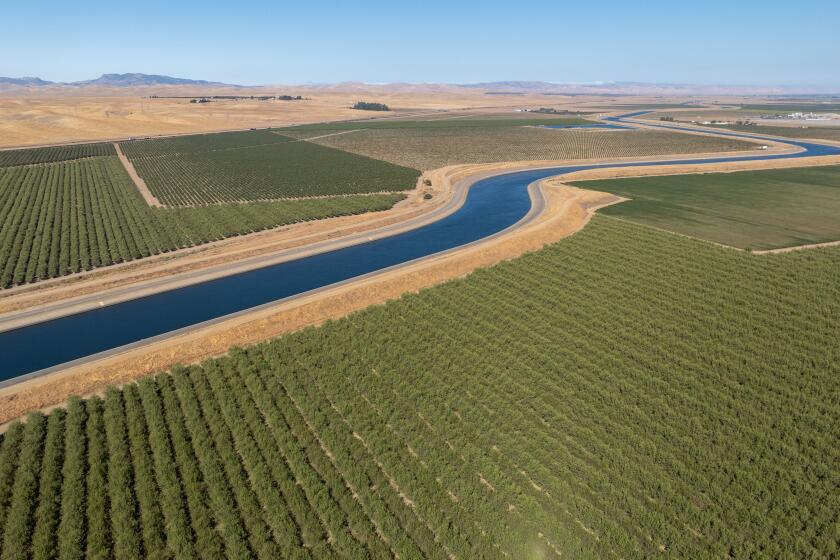The Biden administration’s recent implementation of new operational rules for California’s primary water delivery systems, namely the Central Valley Project (CVP) and State Water Project (SWP), aims to provide a compromise between the necessity of water resources for agriculture and urban areas and the protection of imperiled fish species. The updated regulations, shaped over the past three years in collaboration with federal and state officials, are designed to enhance the reliability of water supplies in California, particularly in the context of increasing droughts exacerbated by climate change. Karl Stock, the Bureau of Reclamation’s regional director, emphasized the plan’s design as a “durable” strategy intended to offer stability not only to water users but also to fish and wildlife populations affected by water management practices.
The revisions follow legal challenges initiated by California and environmental advocates against prior regulations set during the Trump administration, which were contested for inadequately safeguarding vulnerable aquatic species in the Sacramento-San Joaquin River Delta. While the newly issued guidelines replace previous court-ordered interim measures, water management disputes within the state are expected to persist. Environmentalist and fishing groups contend that the new framework does not sufficiently protect threatened fish species, while agricultural water districts express dissatisfaction with the alleged lack of thorough engagement in the rule-making process. Critics like Allison Febbo, general manager of the Westlands Water District, argue that significant concerns presented by water district stakeholders were not adequately addressed during the development of the new rules.
Litigation surrounding the rules has already emerged, with agricultural water districts challenging state agencies’ approvals on differing fronts, particularly concerning the incidental take of at-risk species due to pumping operations. Issues with aligning the operations of state and federal water management systems remain contentious, highlighting underlying tensions among various interest groups. Proponents of the new rules, however, as represented by figures from the Metropolitan Water District of Southern California, claim that these regulations create the “regulatory stability” essential for effective water management amid ongoing environmental uncertainties.
The updated operational framework set forth by federal authorities provides specific strategies, such as managing cold-water releases from Shasta Dam to support endangered salmon populations. An adaptive management approach is also introduced, allowing for modifications to be made based on emerging scientific evidence, which is crucial given recent studies indicating severe declines in fish populations in response to protracted conditions of drought. In reassessing how these large-scale water systems are regulated, officials acknowledge the complexity and potential for discord inherent in navigating conflicting demands between human water usage and ecological conservation needs.
California’s Department of Fish and Wildlife director, Charlton Bonham, comments on the historic nature of the management decisions, emphasizing the need for alignment and collaboration within California’s water resources to mitigate risks associated with climate change. While Bonham recognizes the inherent challenges of management, he believes the framework addresses coordination issues that have plagued operations in the past. On the other hand, Governor Gavin Newsom endorses the new rules as a step toward resilient water systems prepared for the future’s expected climatic extremes, reinforcing the urgency of advancing infrastructure to withstand escalating drought conditions.
Despite state and federal affirmations regarding the intent of the new management plan, environmental advocates note that these operational rules fall short of meeting necessary legal protections for endangered species, expressing skepticism about their effectiveness in restoring fish populations and ecosystems. Concerns persist regarding how the incoming administration under Donald Trump may influence water management approaches, as he has previously criticized current practices for being overly complex and insufficiently responsive to agricultural needs. Among those directly impacted, the fishing industry reaffirms its anxieties, citing declines in salmon populations due to previous policy decisions. Stakeholders from both environmental and agricultural sectors highlight the intricate and often contentious dynamics at play in maintaining the balance between water supply and wildlife preservation in a climate-impacted future.

